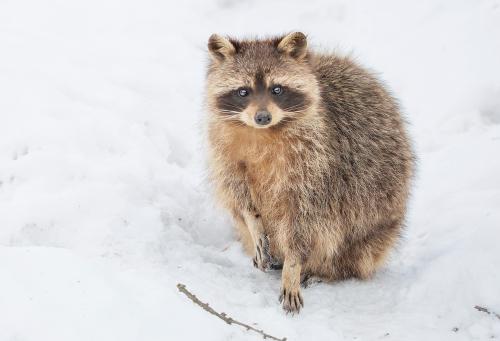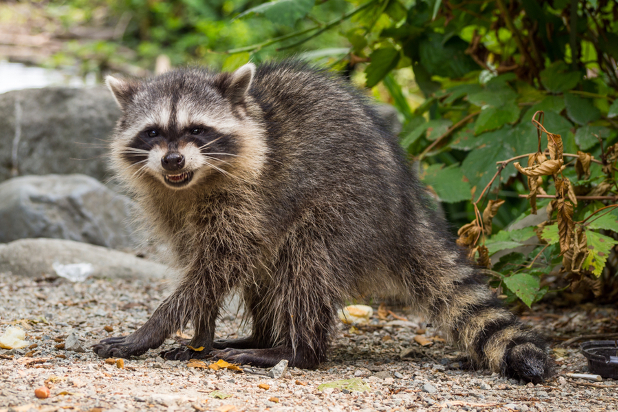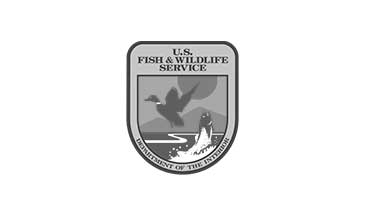As the temperature drops, many of us are winterizing sprinkler systems, packing up deck furniture, and putting out holiday decorations. But if you want to keep wild animals out of your yard, you should add wildlife proofing to your to-do list.
How to Keep Nuisance Wildlife Out of Your Yard & Home This Winter
If you want to avoid animals in the attic or surprise wildlife encounters when you step into your garage, here’s how to keep your space wildlife-free this winter:
Step 1: Repair Cracks & Holes in Your Home’s Exterior
A crack, hole, or gap in your home’s siding or foundation is an open door for winter wildlife. Bats and other small critters can sneak into a house through entry holes no bigger than a crayon. Filling in these holes can keep wild animals out and the warmth in.
And don’t forget to cover your chimney! A chimney cap can be a simple way to keep animals from becoming unwelcome guests.
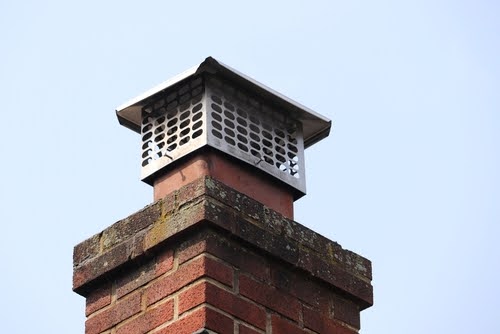
Before you permanently fill in a hole, plug it with cloth, insulation, or a paper towel. If an animal has already found its way inside, it will push this covering aside. This will prevent you from sealing a critter inside your home. If an animal has already invaded your space, removing it yourself can be dangerous. Contact professional wildlife control for help.
Step 2: Inspect All Outdoor Structures
Sheds, garages, and other outdoor structures look appealing to wildlife during the cold weather. Check these buildings for holes just like you would inspect your house. Keep the doors shut as much as possible to prevent groundhogs, raccoons, and other types of nuisance animals from wandering in.
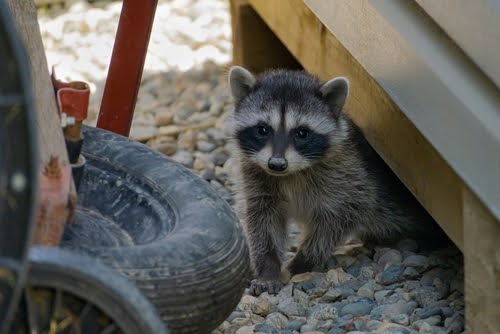
Step 3: Put Away Your Patio Furniture
Patio furniture, especially outdoor cushions, are tempting places for animals in winter. They make the perfect warm, comfortable hideouts for pests. If you can, move outdoor furniture into your house, garage, or shed to keep them safe from wildlife damage. If you don’t have space, invest in winter patio furniture covers that will protect your outdoor furniture and deter animals.
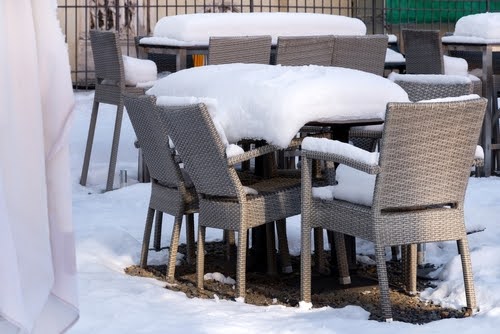
Step 4: Remove Access to Food
Food resources are scarce during the cold winter months. Unsecured garbage cans or birdseed on the ground can mean opossums or raccoons in winter. Cutting off access to tasty treats can keep wildlife out of your yard. Store pet food, birdseed, and other food items indoors or in airtight, wildlife-proof containers, and make sure your garbage cans are tightly secured to keep out wild dumpster divers.
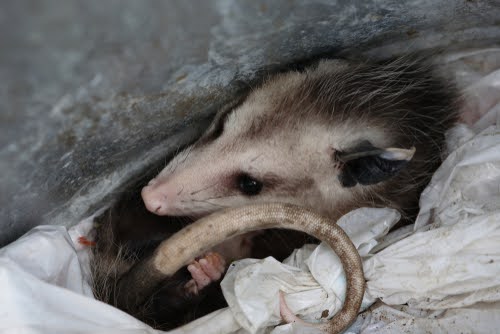
Step 5: Trim Back Tree Branches
Overhanging tree branches provide direct routes to the roof for animals. Pruning tree branches can help prevent animals from getting on your roof and attic infestations. As part of your winter to-do list, make note of any branches that squirrels, raccoons, and other animals might use to climb onto your roof and remove them.
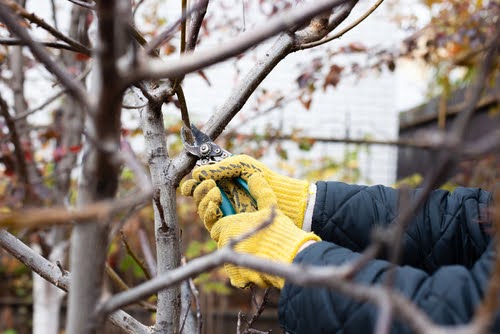
Step 6: Get Rid of Wildlife Hiding Spots
Pesky winter wildlife often hides in piles of leaves, lawn trimmings, and garbage. Before the snow falls, clean up your yard to get rid of any possible hiding spots. Bag up leaves, store firewood off the ground, and trim down shrubbery near your house to keep your yard clean and unwelcoming to all types of animals who might want to spend winter with you.
What to Do if You Notice Signs of an Animal Infestation
If you notice raccoon droppings, sounds of an animal in the attic scratching at night, or other signs of an animal infestation, there’s no need to worry. Varment Guard’s wildlife management professionals are trained in wildlife removal and trapping, wildlife cleanup, and wildlife repellent. We’ll get rid of your unwanted guests and seal up anything critters can use as entry into your home!
Give Us a Call! We’ll Solve Your Winter Wildlife Problem
We offer expert residential wildlife control to give you peace of mind. We have over 130 years of experience in solving even the toughest nuisance wildlife challenges. Plus, the majority of our team holds degrees in wildlife management. We’ll help keep wild animals out of your home this winter. Schedule an appointment online or give us a call at 800-793-8169.

